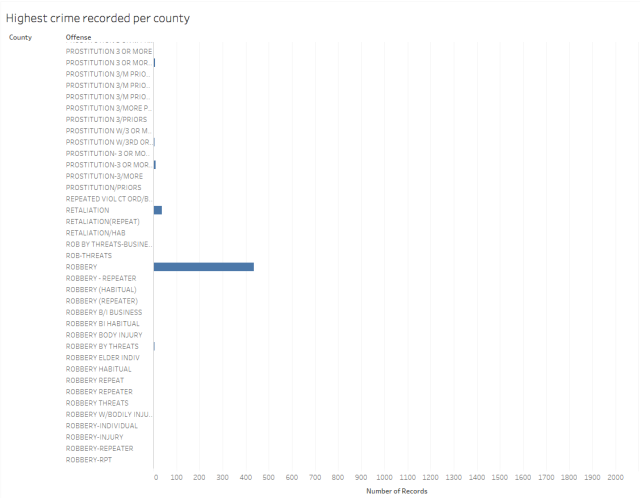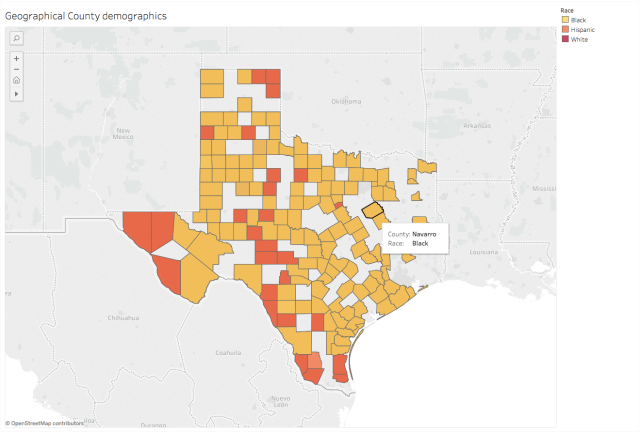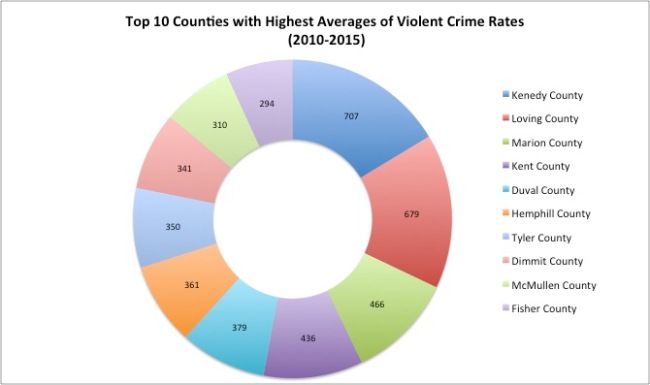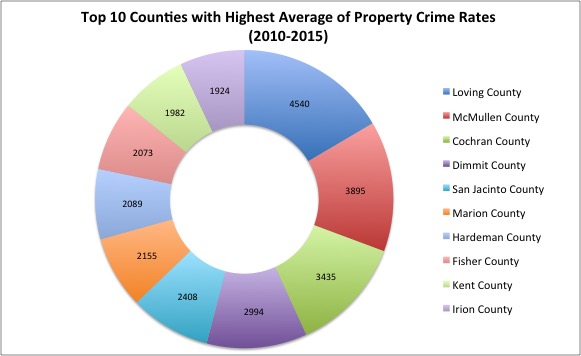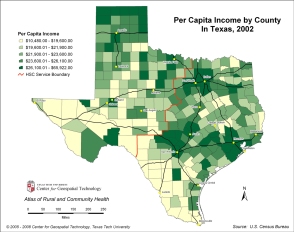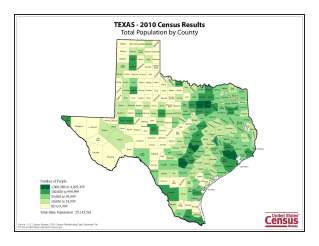Human trafficking is defined as the recruitment, transportation, transfer, harboring or receipt of someone, with the use of force, coercion, abduction, fraud, deception etc. The current estimate of trafficking cases indicate over 1 million people internationally, with roughly 50,000 of those trafficked in the United States. The actual rate may be much higher since it is hard to document illegal activity. This blog will attempt to use data (criminal justice records, other administrative records etc.) to identify various factors contributing to the rise of human trafficking.
The types of exploitation include forced prostitution and other forms of sexual exploitation, forced slavery and similar practices, involuntary servitude and the removal of organs. So which is the most common?

According to the above data, Involuntary Servitude which is defined as a person laboring against another person’s will to benefit another, under some form of coercion other than the worker’s financial needs is much more prevalent then commercial acts. Commercial acts or prostitution is the business or practice of engaging in sexual activity in exchange for payment either as money, goods, services, or some other benefit agreed upon by the transacting parties.
Women play an important role as perpetrators of human trafficking. Women tend to make up a larger share of persons convicted for human trafficking offences than for other forms of crime. In many countries including the US, women represent more than half of the population convicted for trafficking.
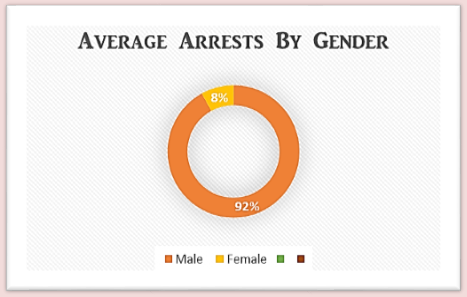
Trafficking can involve school-age youth, particularly those in challenging family situations. The children at risk are not just high school students—pimps or traffickers are known to prey on victims as young as 9. Traffickers may target minor victims through social media websites, chat-lines, after-school programs, shopping malls, clubs, or through friends and acquaintances who recruit students on school campuses.
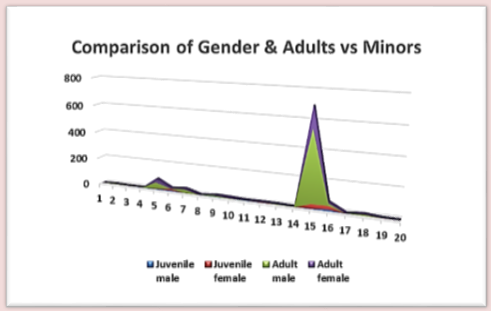
As you can see, the number of adults and females, greatly outweighs the number of minors and males. However, there is no single profile for trafficking victims; trafficking occurs in rural, suburban, or urban communities across the country. Victims of human trafficking have diverse economic backgrounds, varied levels of education, and may be documented or undocumented.
So which ethnicity currently has the highest percentage of victims?
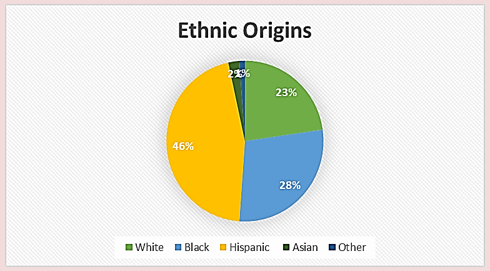
Hispanics lead at an alarming rate of 46% percent. This could be due to the non-portability of many work visas as well as the lack of familiarity with surroundings, laws and rights, language fluency, and cultural understanding.
So which areas of the country is trafficking most common?
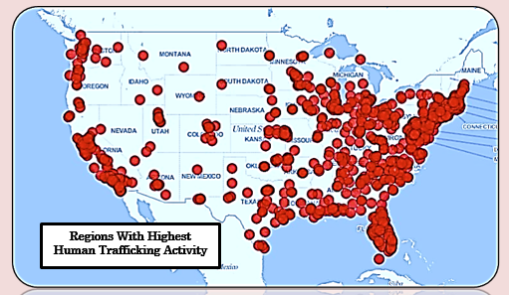
States that are coastal or do not provide enough assistance or compensation for victims tend to have the highest rates of trafficking.
The sectors most frequently documented are agriculture, construction, garments and textiles under sweatshop conditions, catering and restaurants, domestic work, entertainment and the sex industry. Human trafficking also affects mainstream economic sectors, including food processing, healthcare, and contract cleaning, mainly in private but also in public sector employment, such as the provision of healthcare services.
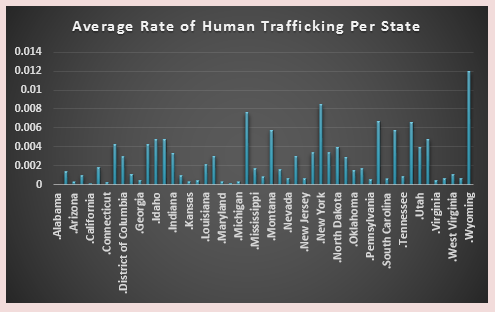
So how does Texas compare in this mix? Texas has one of the highest overall rate of victims and arrests. Illinois, New York, Florida and Louisiana complete the top 5. Texas cities Houston and El Paso make up two of the top 15 cities with the most trafficking.
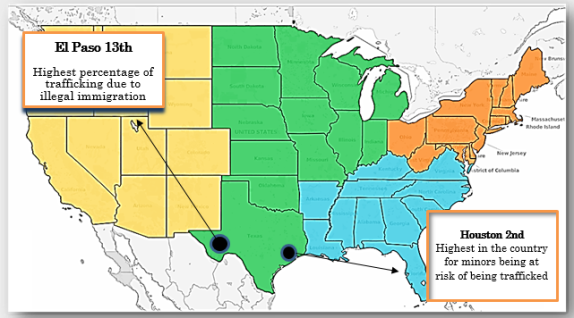
What about prevention? What can we do to reduce these growing numbers?
Nonprofit organizations such as Free The Captives partner with the community, law enforcement, and other government agencies in the fight against modern day slavery. Texas leads with the most volunteers nationwide combating this epidemic.
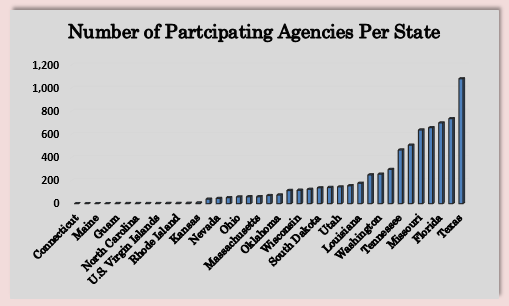
In conclusion, contrary to common belief, human trafficking is not just a problem in other countries. Cases of human trafficking have been reported in all 50 states, Washington D.C., and the U.S. territories. Victims of human trafficking can be children or adults, U.S. citizens or foreign nationals, male or female. Hopefully, creating awareness though education by taking into account some of these factors will be a useful tool in future crime prevention.
Published By: Savannah Martens











